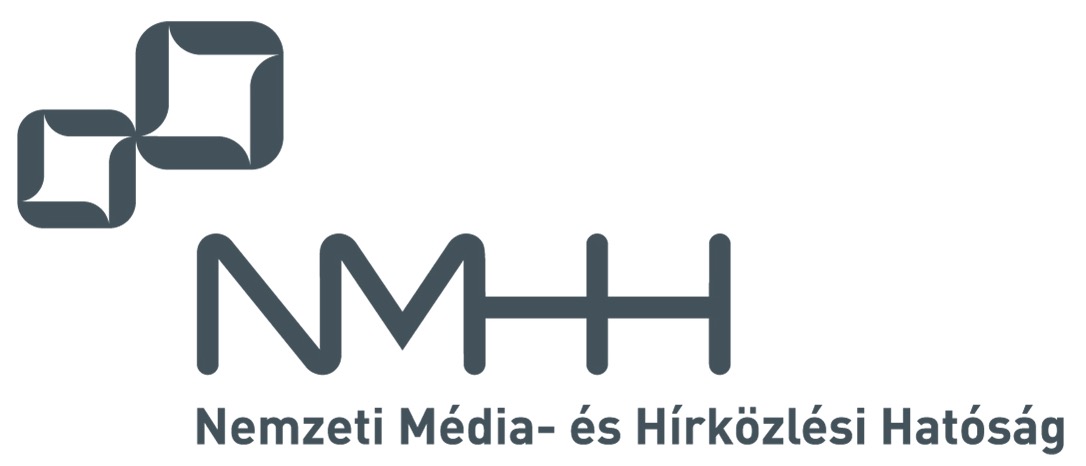2014. 4th Issue
Full issue  (9 MB)
(9 MB)
SPECIAL ISSUE ON FUTURE INTERNET, PART II.
Gy. Sallai, W. Schreiner, and J. Sztrik
Special Issue on the Future Internet – GUEST EDITORIAL 
Recent dramatic changes such as the rising number of Internet users, the penetration of portable and mobile devices, or the Internet of Things, has motivated a number of research initiatives, labeled "Future Internet" worldwide, supported by NSF in the USA and EU research framework programs in Europe. In Hungary, the "Future Internet Research, Services and Technology - FIRST" project, supported by the European Social Funds, focuses on key theoretical, modeling, planning, application and experimental aspects of Future Internet...
S. Akiyama, L. Aszalós, L. Hajdu, and A. Pethő
Correlation Clustering of Graphs and Integers 
Correlation clustering can be modeled in the following way. Let A be a nonempty set, and be a symmetric binary relation on A. Consider a partition (clustering) P of A. We say that two distinct elements a; b 2 A are in conflict, if a b, but a and b belong to different classes (clusters) of P, or if a b, however, these elements belong to the same class of P. The main objective in correlation clustering is to find an optimal P with respect to , i.e. a clustering yielding the minimal number of conflicts. We note that correlation clustering, among others, plays an important role in machine learning. In this paper we provide results in three different, but closely connected directions. First we prove general new results for correlation clustering, using an alternative graph model of the problem. Then we deal with the correlation clustering of positive integers, with respect to a relation based on coprimality. Note that this part is in fact a survey of our earlier results. Finally, we consider the set of so-called S-units, which are positive integers having all prime divisors in a fixed finite set. Here we prove new results, again with respect to a relation defined by the help of coprimality. We note that interestingly, the shape of the optimal clustering radically differs for integers and S-units.
K. Farkas, G. Fehér, A. Benczúr, and Cs. Sidló
Crowdsensing Based Public Transport Information Service in Smart Cities 
Thanks to the development of technology and the emergence of intelligent services smart cities promise to their inhabitants enhanced perception of city life. For example, a live timetable service of public transportation can increase the efficiency of travel planning substantially. However, its implementation in a traditional way requires the deployment of some costly sensing and tracking infrastructure. Mobile crowdsensing is an alternative, when the crowd of passengers and their mobile devices are used to gather data for almost free of charge. In this paper, we put the emphasis on the introduction of our crowdsensing based public transport information service, what we have been developing as a prototype smart city application. The front-end interface of this service is called TrafficInfo. It is a simple and easy-to-use Android application which visualizes real-time public transport information of the given city on Google Maps. The lively updates of transport schedule information relies on the automatic stop event detection of public transport vehicles. TrafficInfo is built upon our Extensible Messaging and Presence Protocol (XMPP) based communication framework what we designed to facilitate the development of crowd assisted smart city applications. The paper introduces shortly this framework, than describes TrafficInfo in detail together with the developed stop event detector.
P. Battyányi and Gy. Vaszil
Membrane Systems from the Viewpoint of the Chemical Computing Paradigm 
Membrane systems are nature motivated abstract computational models inspired by basic features of biological cells and their membranes. They are examples of the chemical computational paradigm which describes computation in terms of chemical solutions where molecules interact according to rules defining their reaction capabilities. In this survey, we first review some of the basic features and properties of the chemical paradigm of computation, and also give a short introduction to membrane systems. Then examine the relationship of the certain chemical programming formalisms and some simple types of membrane systems.
PAPER FROM OPEN CALL
B. Hidasi
Factorization Models for Context-aware Recommendations 
The field of implicit feedback based recommender algorithms have gained increased interest in the last few years, driven by the need of many practical applications where no explicit feedback is available. The main difficulty of this recommendation task is the lack of information on the negative preferences of the users that may lead to inaccurate recommendations and scalability issues. In this paper, we adopt the use of contextawareness to improve the accuracy of implicit models - a model extension technique that was applied successfully for explicit algorithms.We present a modified version of the iTALS algorithm (coined iTALSx) that uses a different underlying factorization model. We explore the key differences between these approaches and conduct experiments on five data sets to experimentally determine the advantages of the underlying models. We show that iTALSx outperforms the other method on sparser data sets and is able to model complex user–item relations with fewer factors.
CALL FOR PAPERS
European Wireless 2015, Budapest




